Strike up the band... it's not every day I agree with some transmission owners and former energy regulators!
On the possibility that FERC could take over siting and permitting of new transmission
"I think members of Congress are overestimating the federal government's ability to approve transmission lines in a speedy manner while underestimating the controversy this will foment amongst constituents," said Tony Clark, a Republican former FERC chair.
Clark continued:
But strengthening FERC's hand in permitting may not resolve those issues and could even create new ones, former FERC member Clark said. Intervenors will still be able to challenge new projects at the federal level, according to Clark. And allowing FERC to override states' decisions not to condemn private property in support of a transmission developer's plans could put the agency "in a difficult position."
"It looks to me like a nightmare scenario for FERC," Clark said.
And why would FERC want to attract this kind of attention when it could, instead, make transmission better and less likely to be opposed? You catch more flies with honey than you do with vinegar, FERC. More on this coming soon....
On the issue of taxpayer-funded anchor tenants:
Some market participants have also expressed concern with the anchor tenant program. Transmission developer ITC Holdings Corp. said the Senate improved the proposal by specifying that projects funded through the program should not conflict with projects emerging through the regional transmission organization stakeholder process. But the bill still risks subsidizing uneconomic projects, while overall program funding of $2.5 billion "is small," ITC's vice president of federal and regulatory affairs Nina Plaushin said.
This entire article demonstrates that perhaps the "clean energy" crowd has proposed too many conflicting "good things" to encourage more electric transmission construction and that all these different goodie bags banging together are creating so much friction, it's going to blow the whole idea of new transmission off the map.
They don't realize that they're killing their golden goose.

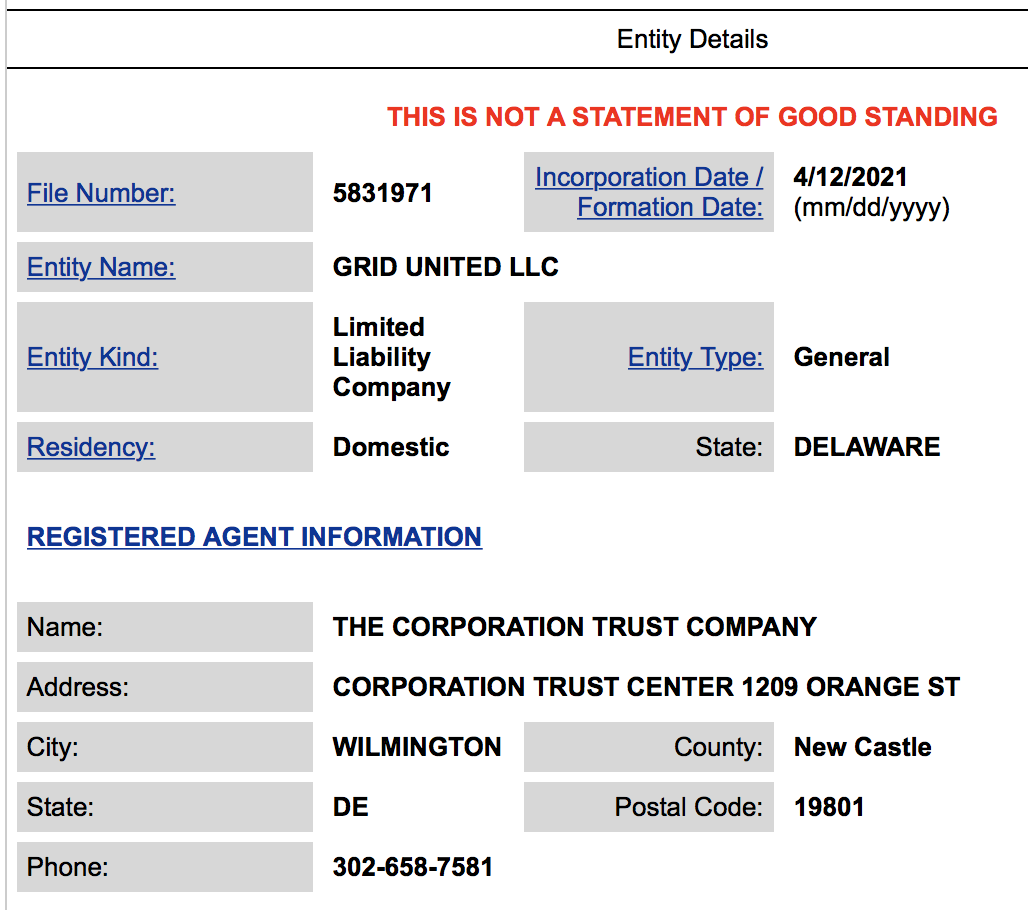
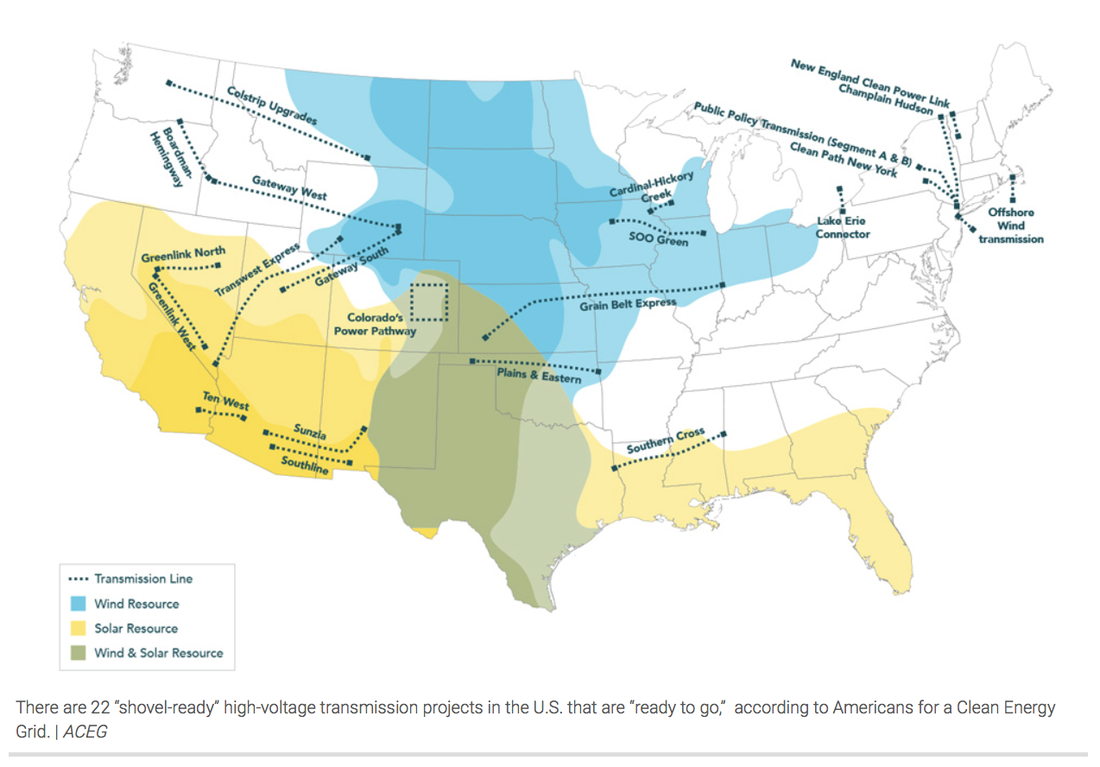
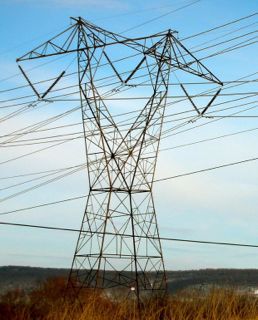
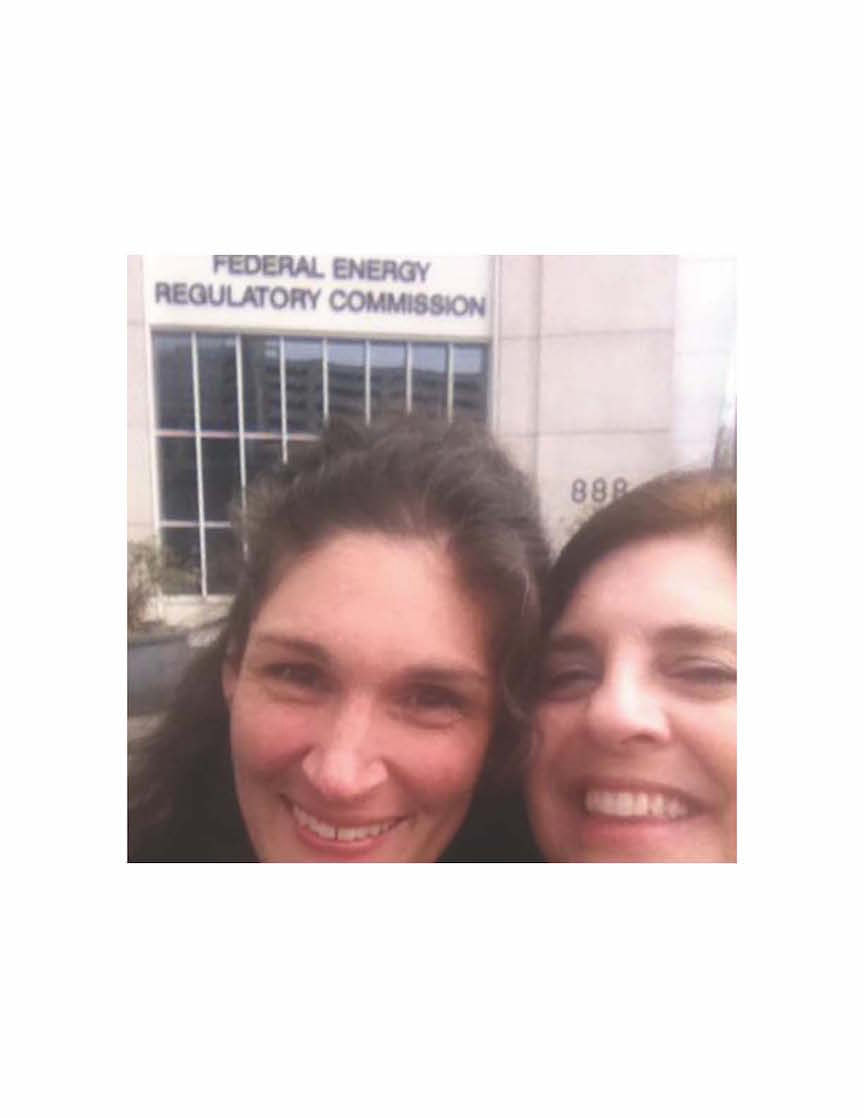

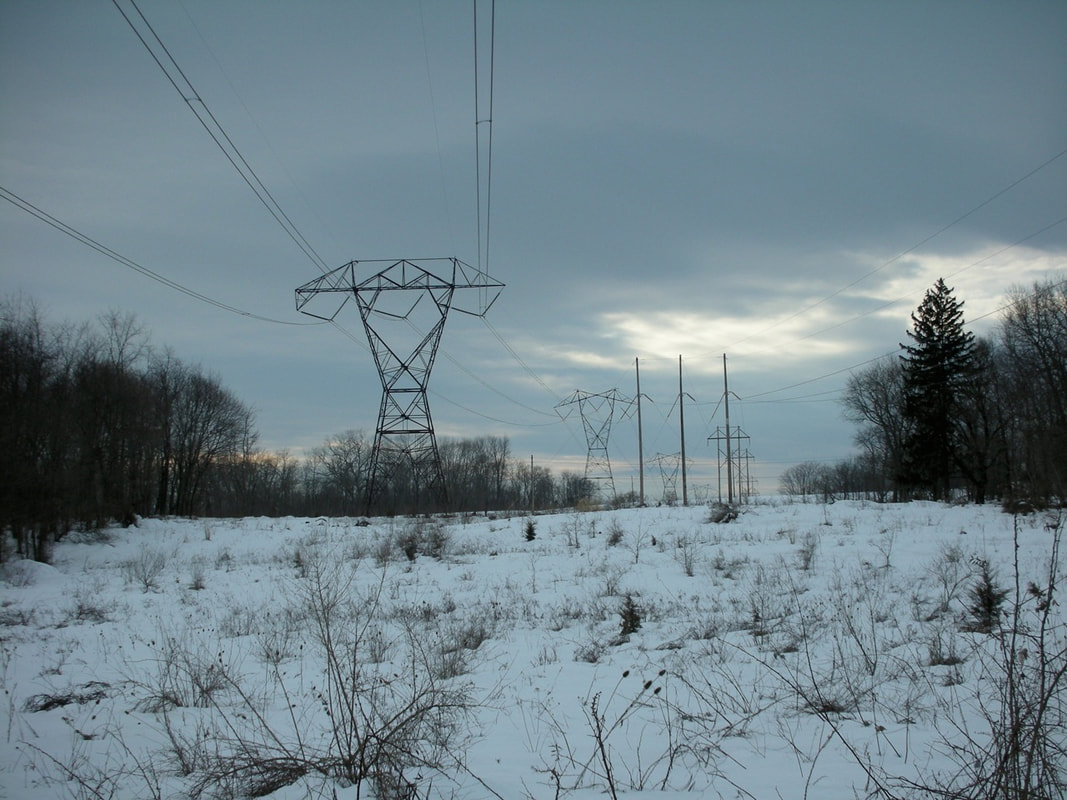






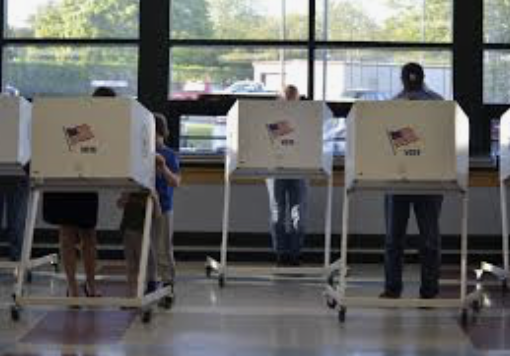
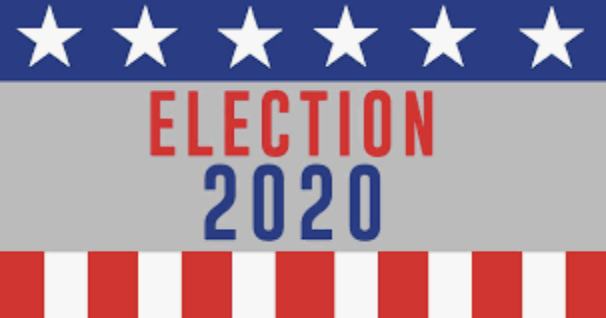
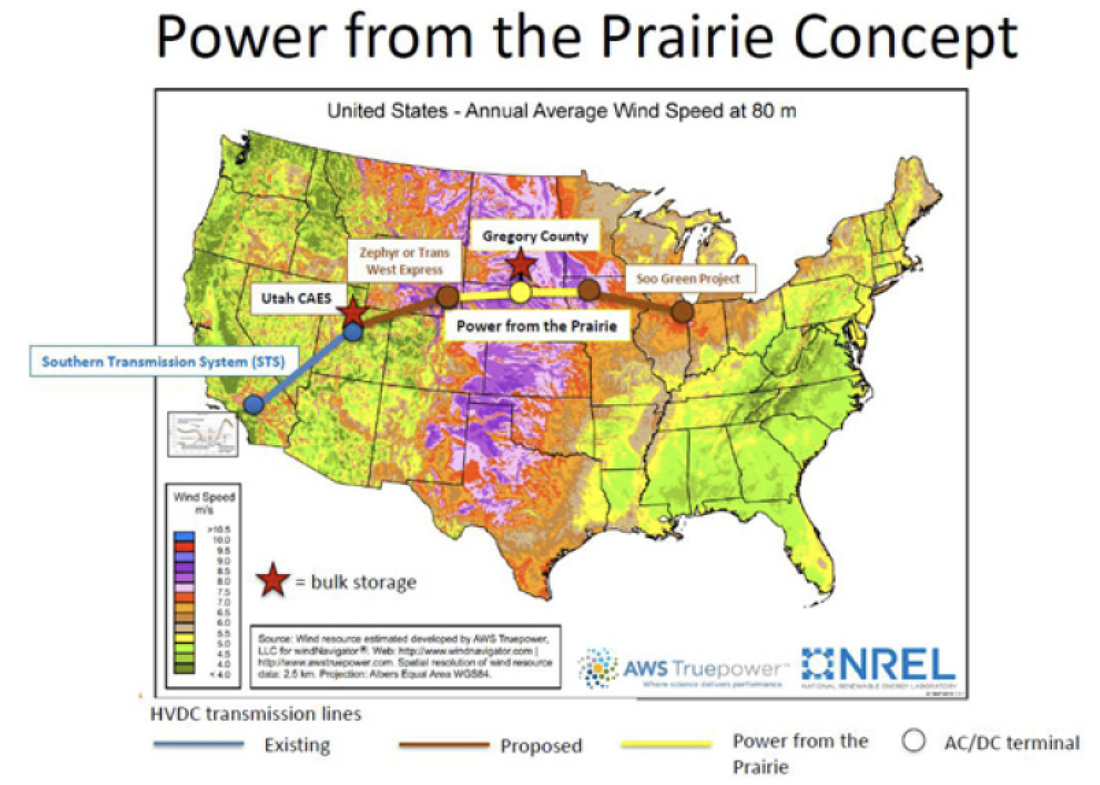
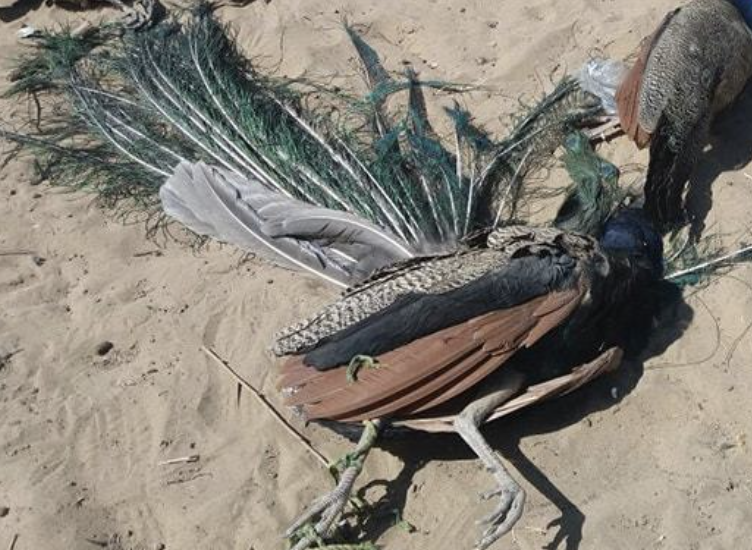
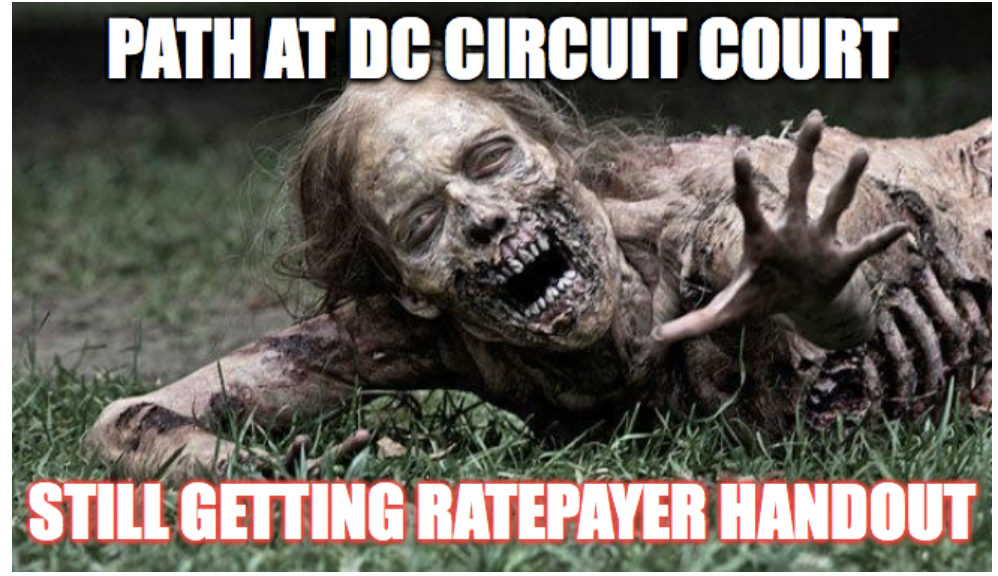
 RSS Feed
RSS Feed